Imagine a creature that has lumbered across the Mojave Desert for millions of years, surviving against all odds, only to find its greatest challenge in the glimmering shadow of Las Vegas. The desert tortoise, a symbol of endurance and patience, now faces a battle it never could have anticipated: the relentless march of urban sprawl. As highways carve up the landscape and neighborhoods sprout from the sand, these ancient reptiles are caught in a tug-of-war between the past and the future. What happens when the quiet world of the desert tortoise collides with the bright ambitions of Sin City? The answer is not just a story of survival, but a tale that reveals our complicated relationship with nature—and the cost of progress.
The Mojave Desert: A Land of Extremes
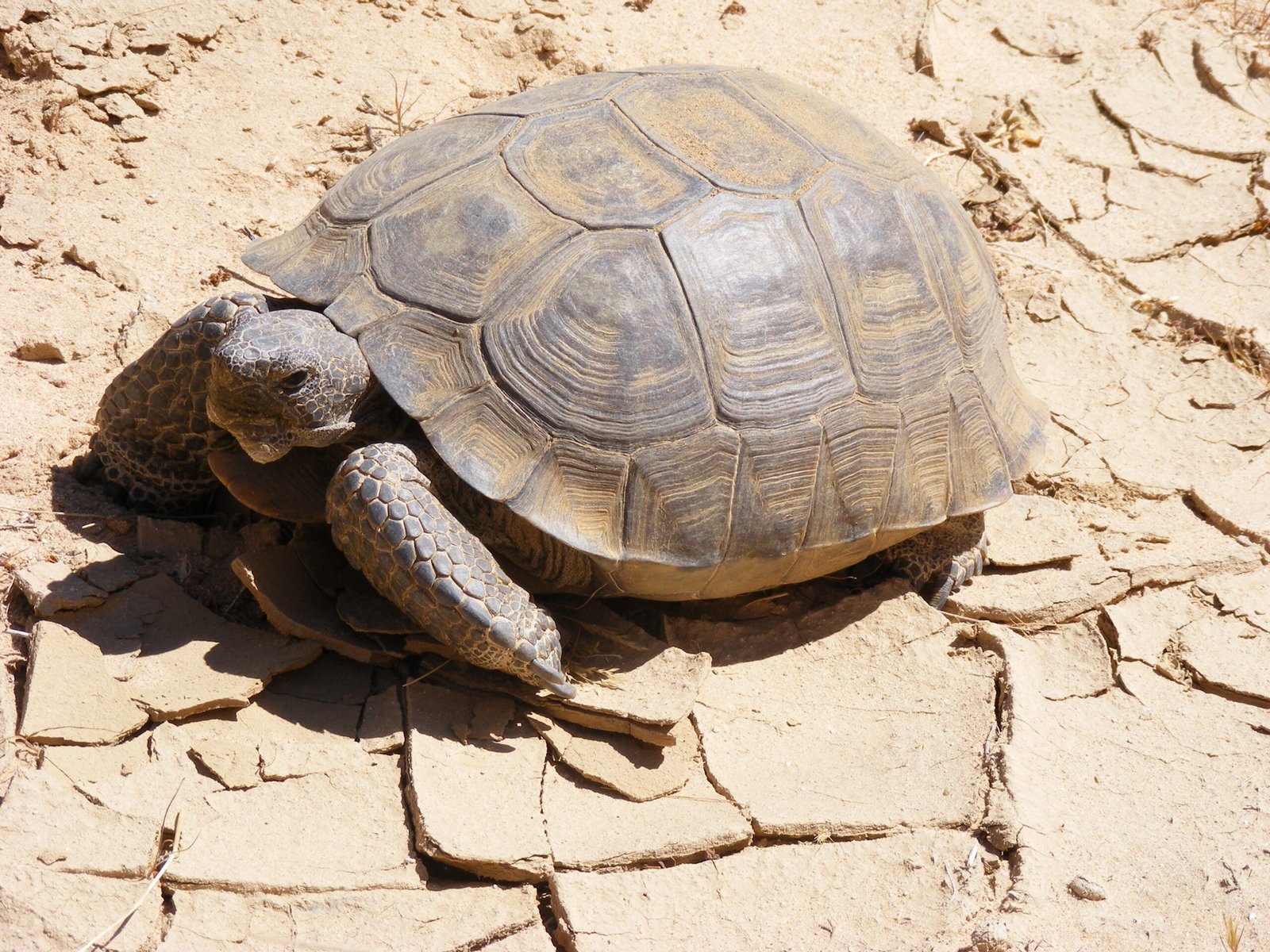
The Mojave Desert is not for the faint of heart. With summer temperatures soaring above 110 degrees Fahrenheit and winter nights dipping near freezing, life here is a constant dance with danger. Yet, the desert tortoise has made this harsh environment its home for millions of years. These reptiles have adapted to survive on little water, digging burrows to escape the heat and slowing their metabolism to conserve energy. When you walk through the Mojave, it’s easy to miss them; they blend in with the rocks and sand, moving slowly and deliberately. The desert’s stark beauty hides a world of hidden life, where every plant and animal is a master of survival.
The Desert Tortoise: Ancient Resident of the Southwest
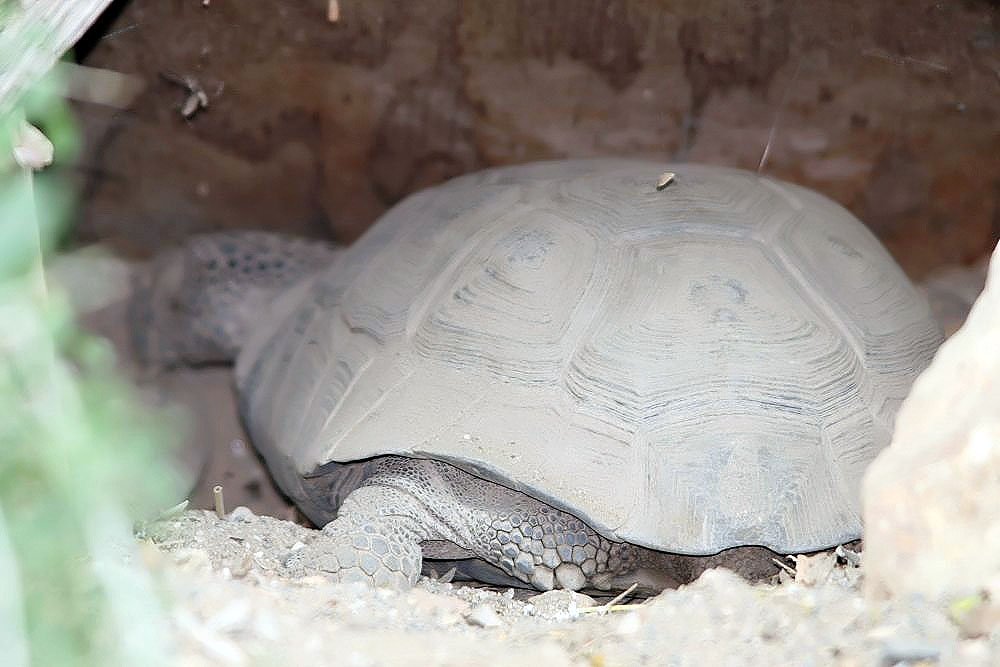
The desert tortoise isn’t just another reptile—it’s a living relic. Fossil records suggest their ancestors have wandered these deserts for up to 15 million years. They can live up to 80 years in the wild, their shells etched with the stories of decades spent dodging predators and drought. Unlike flashier animals, the tortoise thrives on a simple diet of grasses, wildflowers, and cacti. Their slow, steady pace is a reminder that sometimes, patience really is a virtue. For Native American tribes, the tortoise has long been a symbol of wisdom and resilience, a quiet witness to the changing world.
Las Vegas: A City on the Rise

Las Vegas is famous for its neon lights, bustling casinos, and non-stop entertainment. But beneath the glitz, the city is expanding at a breathtaking rate. New suburbs, shopping centers, and roads are spreading across the desert like wildfire. Every year, thousands of people move to the Las Vegas Valley, drawn by hope, opportunity, and sunshine. This rapid growth comes at a cost. The open desert, once the sole domain of the tortoise, is now being parceled out for development. The clash between nature and human ambition is unfolding in real time.
Urban Sprawl: Breaking the Tortoise’s Habitat
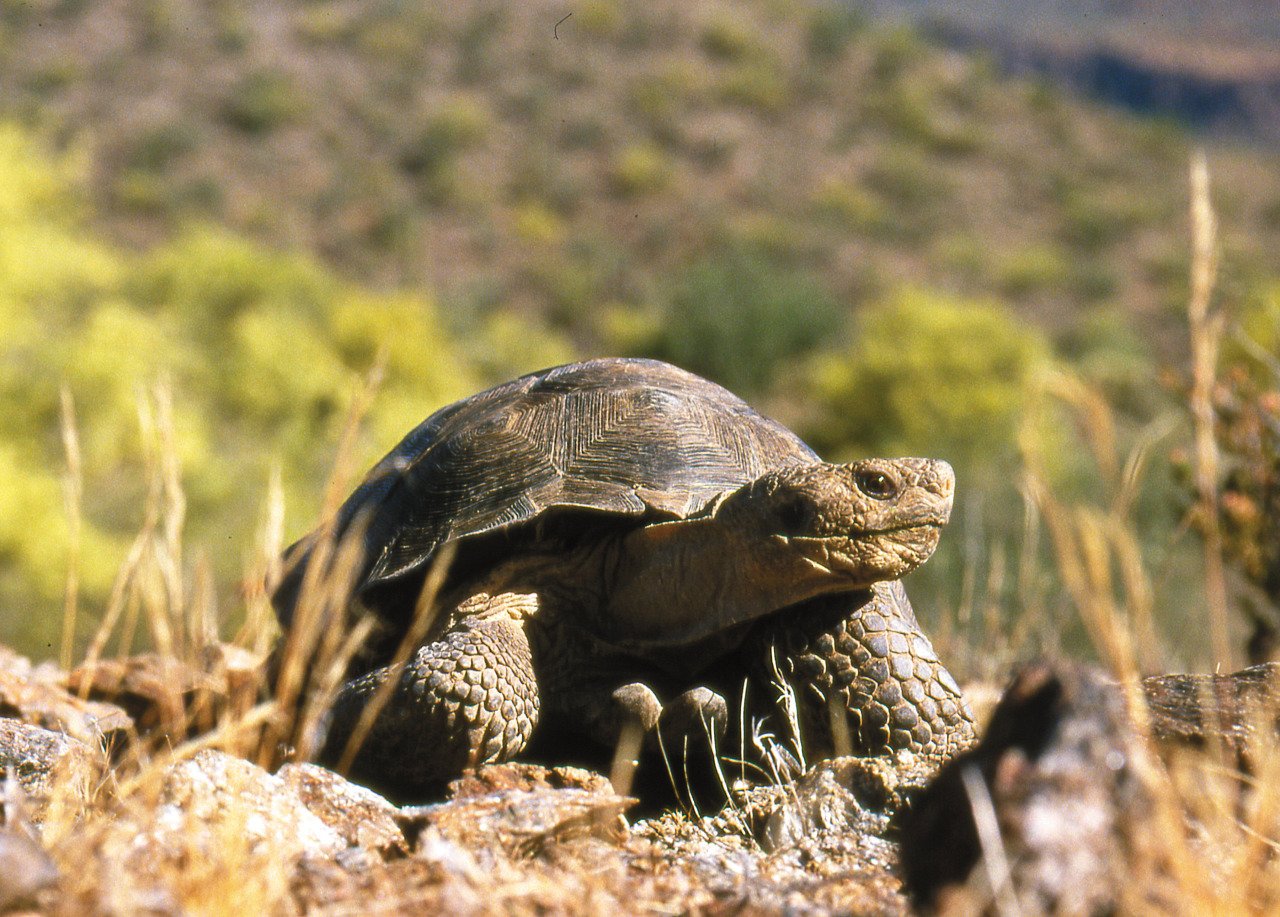
Urban sprawl isn’t just about new houses or shopping malls—it’s about fragmentation. When developers clear land, they slice the desert into isolated patches, making it harder for tortoises to find food, mates, or safe places to burrow. Highways and fences become invisible barriers, trapping tortoises in shrinking pockets of habitat. What once was a vast, connected world is now a dangerous maze. Scientists have found that tortoises living near urban edges are more likely to be injured, starved, or killed by vehicles. The gentle pace of a tortoise is no match for the speed of modern life.
Roads and Traffic: Deadly Obstacles

For a creature that can live for decades, a single road can spell disaster. Desert tortoises often try to cross highways in search of food or nesting sites. Unfortunately, their slow crawl leaves them vulnerable to passing cars. Roadkill has become a leading cause of death for local populations. Some highways have installed special underpasses for wildlife, but many areas remain dangerous. Even well-meaning drivers can’t always avoid these slow-moving reptiles. Every crossing is a gamble, and too often, the tortoise loses.
Predators and Pets: New Threats in an Urban World
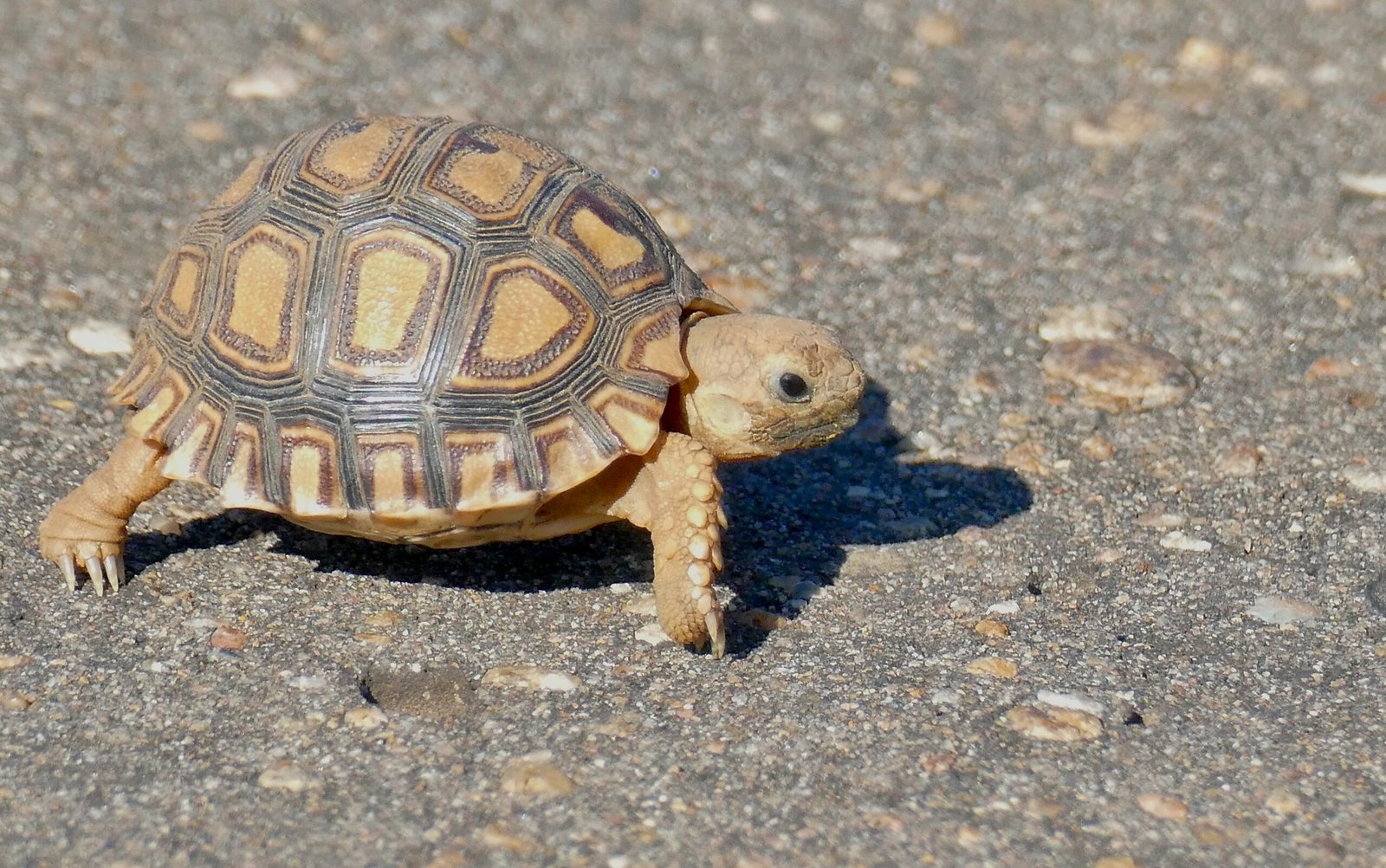
Urban areas bring more than just people—they attract new predators, too. Domestic dogs, cats, and even ravens thrive in human-altered landscapes. Newly hatched tortoises, already facing a tough start, can become easy prey for these animals. Pet tortoises, sometimes released into the wild by overwhelmed owners, can spread disease to wild populations. The delicate balance that kept the desert tortoise safe for millennia is being upset by pets and predators that never belonged in their world.
Water Scarcity: The Double-Edged Sword of Development
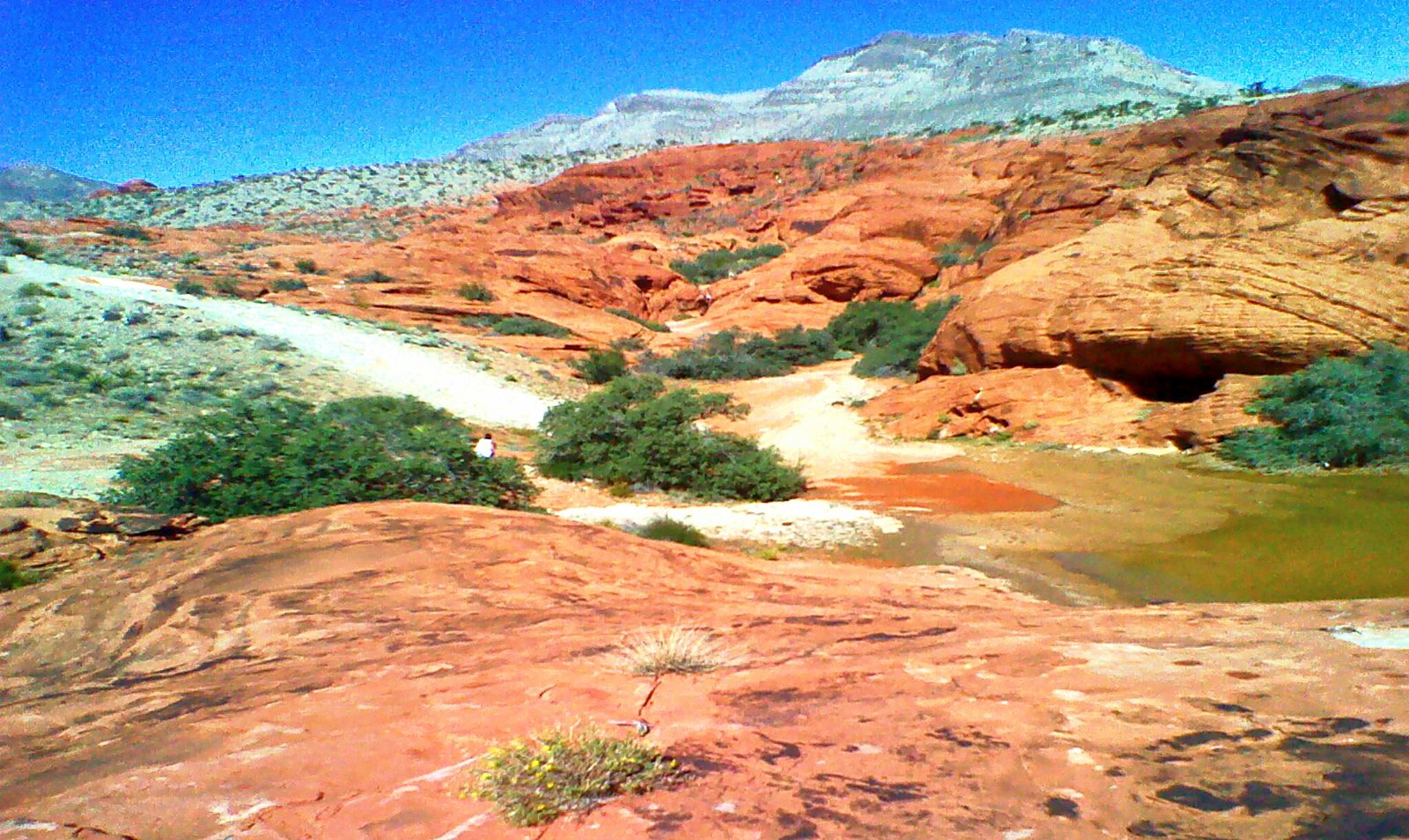
Las Vegas’s growth depends on water—a resource that’s always been scarce in the desert. New developments often lead to increased water use, draining aquifers that tortoises and other wildlife depend on. Landscaping choices, like lush lawns and non-native plants, can further disrupt natural water cycles. Ironically, when people try to “green” the desert, they can make it less hospitable for its native residents. For the tortoise, every drop of water counts, and every well or sprinkler can tip the scales.
Climate Change: Turning Up the Heat

The Mojave Desert is getting hotter and drier, a trend that puts even more pressure on tortoises. Longer droughts mean fewer plants to eat and less water to drink. Scientists are already seeing tortoises emerging from burrows earlier in the year, exposing them to heat stress and dehydration. Climate change is a slow, relentless force—much like the tortoise itself. But while the tortoise has weathered countless changes over the millennia, the pace of today’s warming is something entirely new.
Conservation Efforts: Racing Against Time

There are heroes fighting for the desert tortoise. Conservationists have created protected areas, like the Desert National Wildlife Refuge, where development is limited. Biologists carefully monitor populations, tracking health and reproduction rates. Relocation programs move tortoises out of harm’s way when new developments break ground. But these efforts are often a race against time, with new projects appearing faster than solutions can be found. Saving the tortoise requires not just science, but passion and persistence.
Relocation: A Controversial Solution
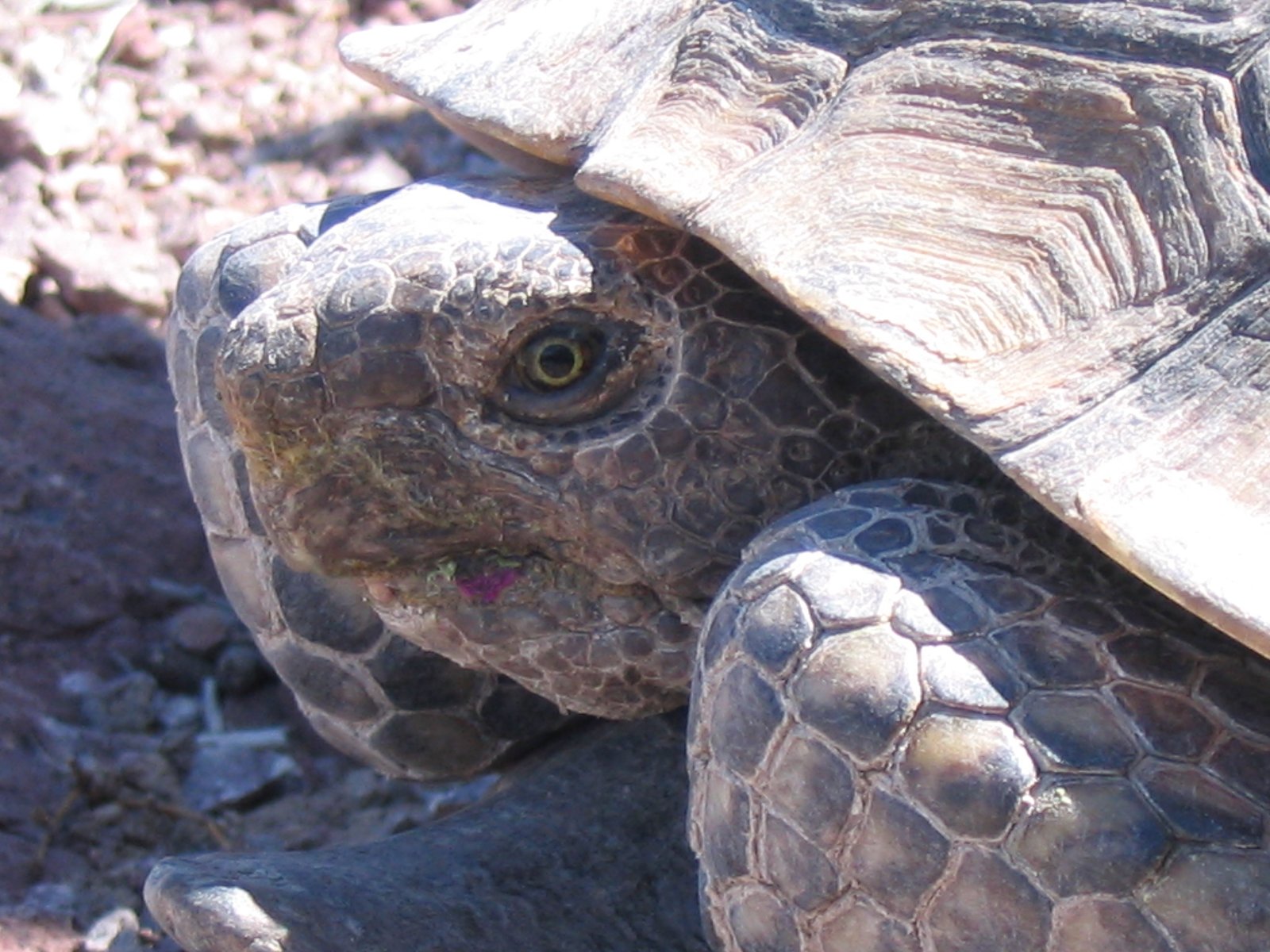
When developers need to clear land, sometimes the answer is to move the tortoises. Relocation sounds humane, but it’s fraught with challenges. Tortoises are territorial and may struggle to adapt to new areas. Many relocated individuals suffer from stress, dehydration, and increased predation. Some never settle in at all, wandering aimlessly in search of lost burrows. Relocation is a last resort—a desperate measure when all other options have failed.
Genetic Diversity: The Hidden Cost of Isolation
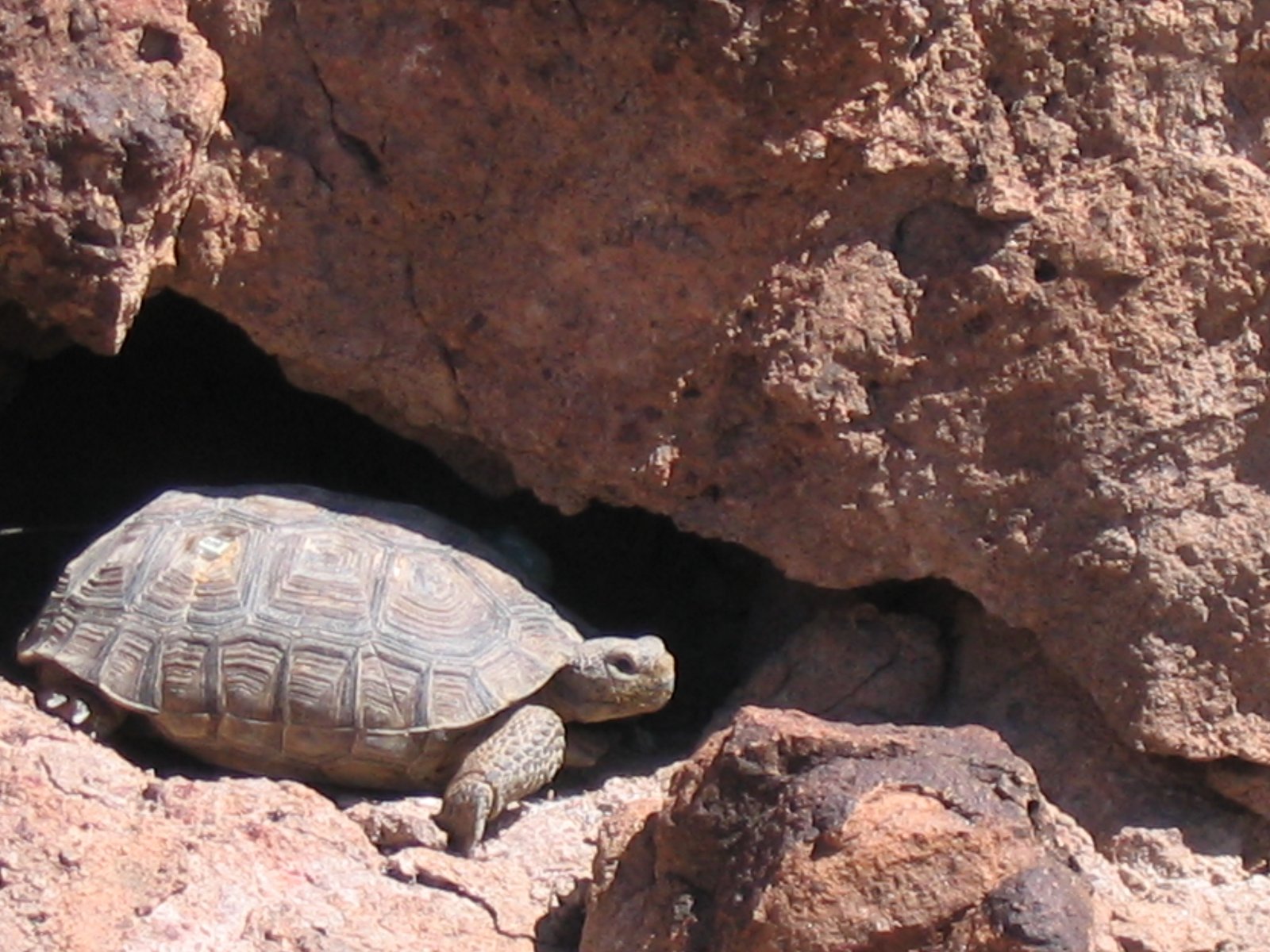
As tortoise populations become more fragmented, their genetic diversity suffers. Small, isolated groups are more vulnerable to disease and less able to adapt to changing conditions. Scientists worry that without enough genetic mixing, future generations may be weaker or less resilient. Maintaining connected habitats isn’t just about space—it’s about the very survival of the species. Every patch of undeveloped land becomes a lifeline.
Disease: An Unseen Enemy
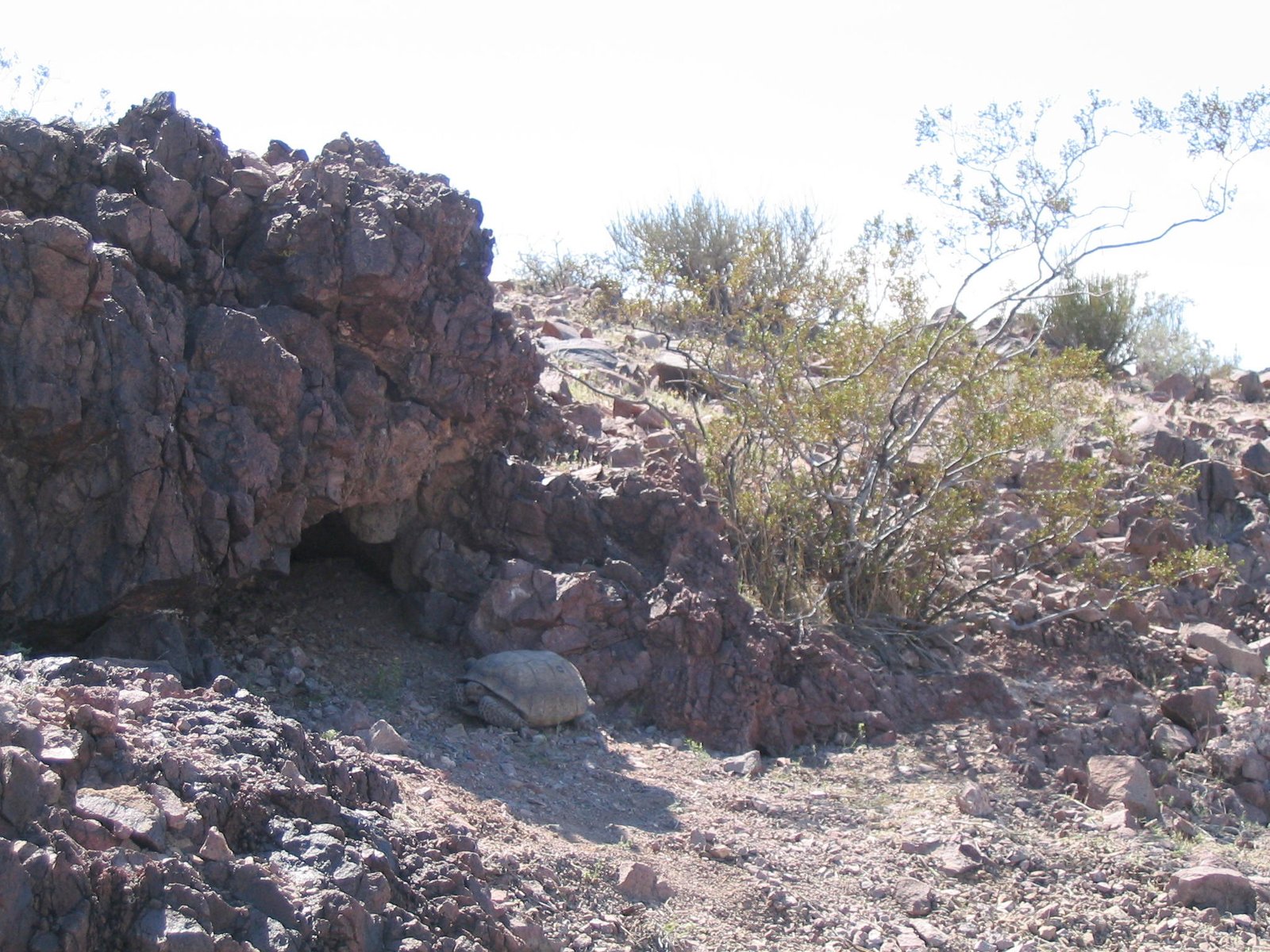
Urbanization brings new diseases to the desert. Upper respiratory tract disease, likely spread by contact with pet tortoises, has devastated some wild populations. Symptoms include runny noses, swollen eyes, and difficulty breathing. Infected tortoises may struggle to eat or avoid predators. Disease outbreaks, once rare, are becoming more common as human activity increases. The invisible threat of illness can sweep through a population with shocking speed.
The Role of Public Awareness
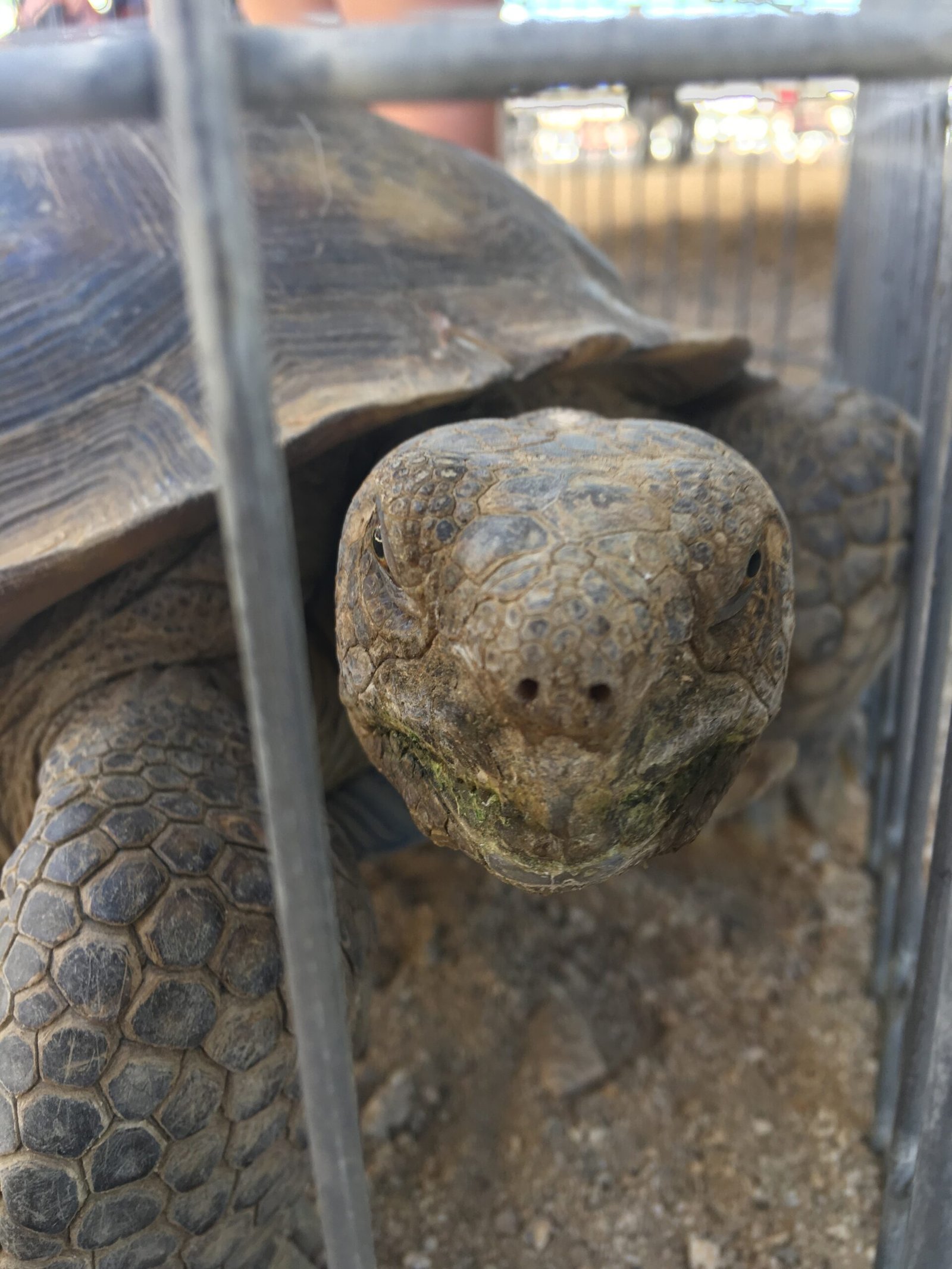
Saving the desert tortoise isn’t just a job for scientists—it’s everyone’s responsibility. Public education campaigns teach residents how to spot and protect tortoises. Signs along highways warn drivers to slow down and watch for wildlife. Local schools often include desert ecology in their curriculum, inspiring the next generation of conservationists. When people understand the tortoise’s plight, they’re more likely to lend a helping hand. Awareness is the first step toward change.
Community Science: Ordinary Heroes
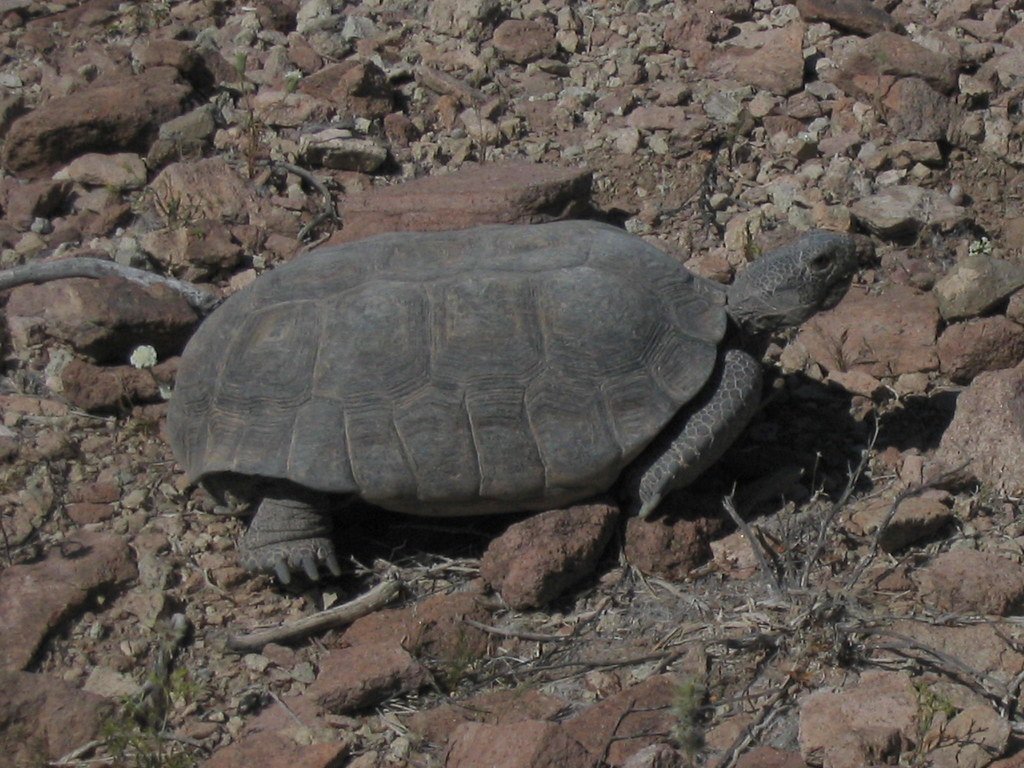
In Las Vegas, regular folks are making a difference. Citizen science projects invite volunteers to help monitor tortoise populations, report sightings, and even rescue stranded animals. These efforts provide valuable data to researchers and foster a sense of connection between people and wildlife. It’s a reminder that you don’t have to be a biologist to make an impact. Sometimes, all it takes is a keen eye and a little compassion.
Innovative Urban Planning: A New Hope
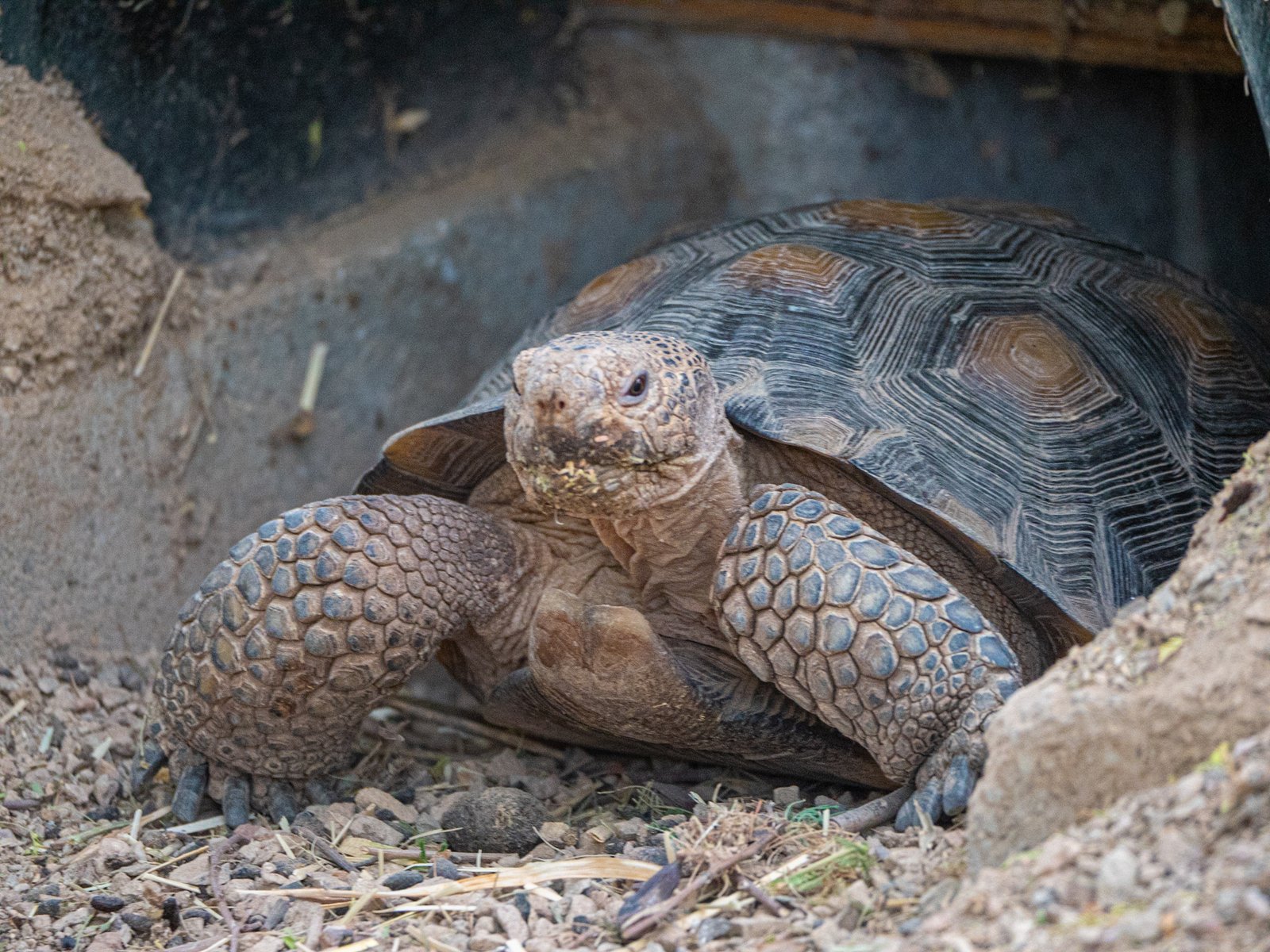
Some city planners and developers are rethinking how Las Vegas grows. Wildlife corridors—stretches of protected land that connect different habitats—are being designed into new neighborhoods. Fencing along highways can direct tortoises toward safe crossings. Green infrastructure projects focus on native plants and water conservation, making urban spaces friendlier to desert species. While not every project is perfect, these innovations offer hope that humans and tortoises can share the desert.
Legal Protections: Shielding the Vulnerable
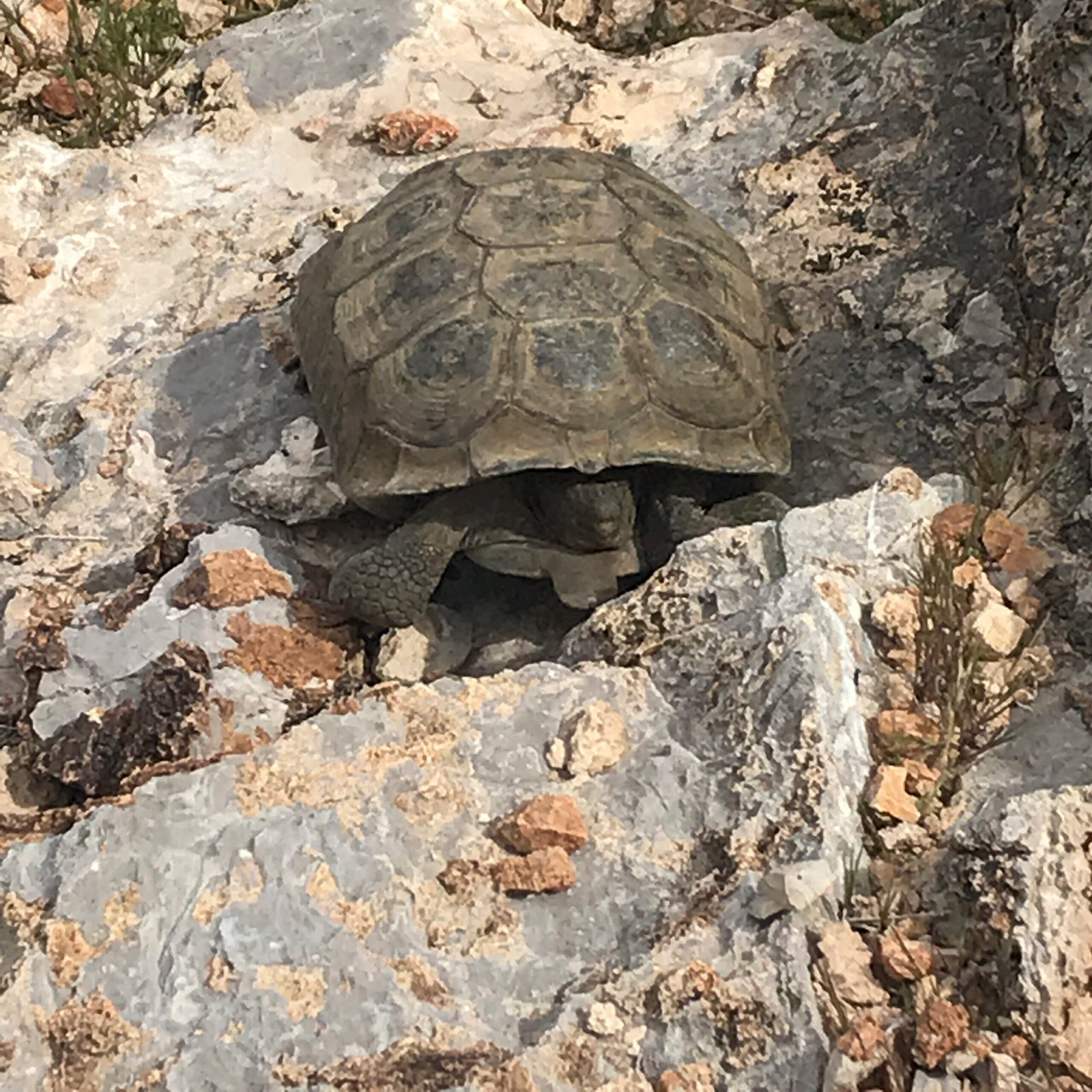
The desert tortoise is listed as a threatened species under the Endangered Species Act. This status provides legal tools to regulate development and fund conservation. Permits are required for construction in tortoise habitat, and fines can be levied for harming these animals. Legal battles often shape the fate of the tortoise, with courtrooms becoming as important as the desert itself. Laws can’t solve every problem, but they offer a vital safety net.
Tourism and Eco-Education
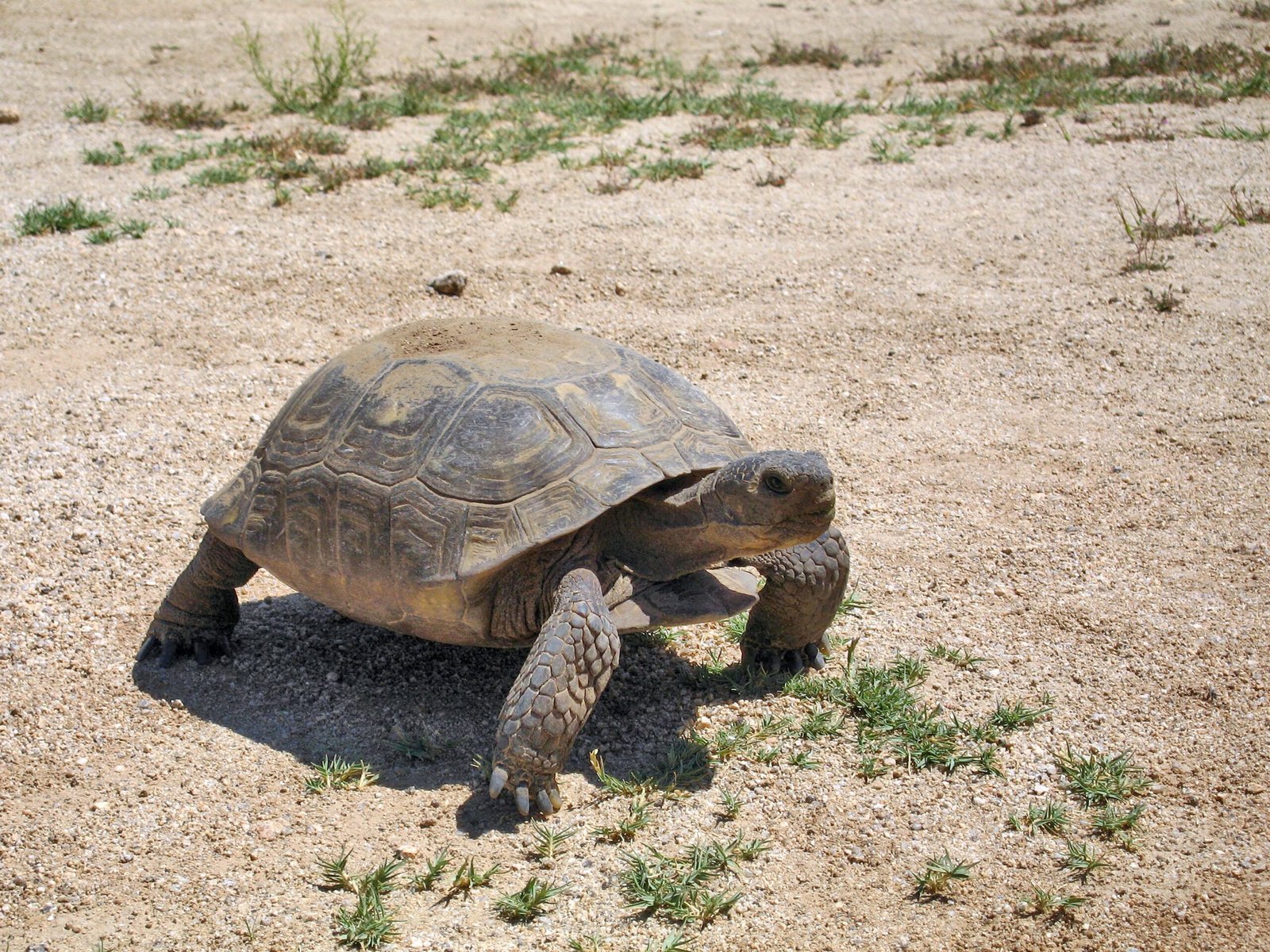
Las Vegas isn’t just about casinos—many visitors come to explore the natural wonders nearby. Guided tours of Red Rock Canyon or the Mojave National Preserve introduce people to the desert’s hidden gems. Eco-education programs teach tourists about the tortoise’s role in local ecosystems. By connecting people to nature, tourism can inspire a sense of stewardship. Sometimes, seeing a tortoise in the wild is enough to change a heart.
The Future of the Desert Tortoise
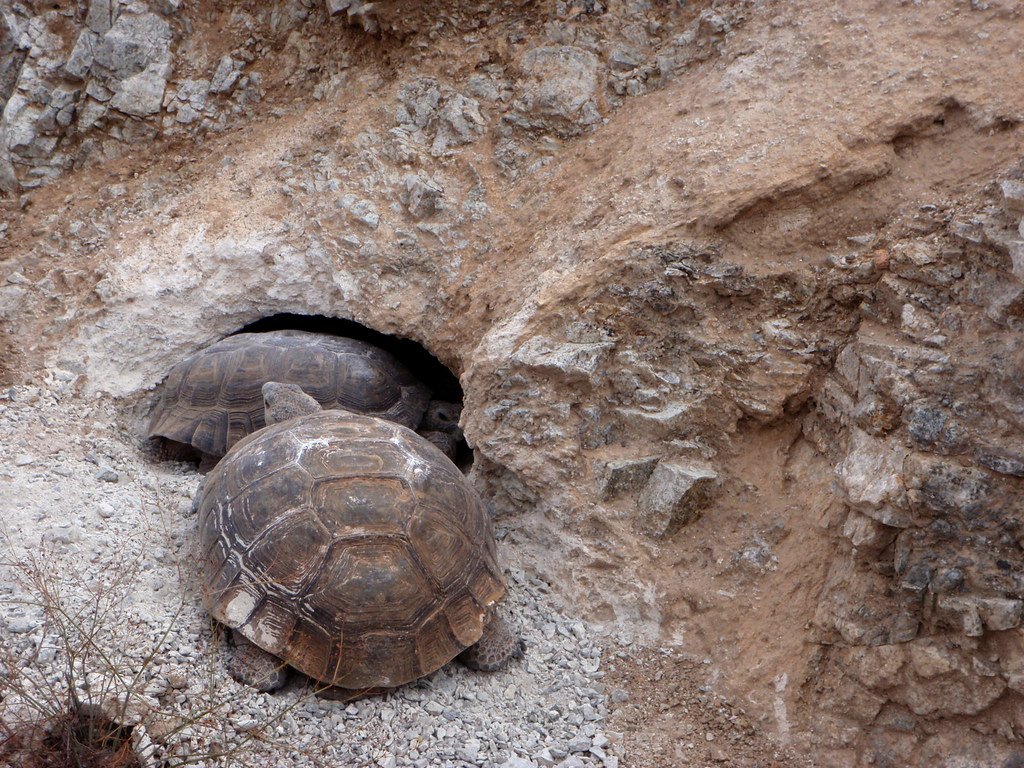
The fate of the desert tortoise hangs in the balance. As Las Vegas continues to grow, choices made today will echo for generations. Will we find a way to balance progress with preservation? Or will the tortoise become another casualty of our relentless expansion? The answer depends on all of us—scientists, city planners, residents, and visitors alike. Every decision, big or small, shapes the future of this ancient survivor.
Lessons from the Desert
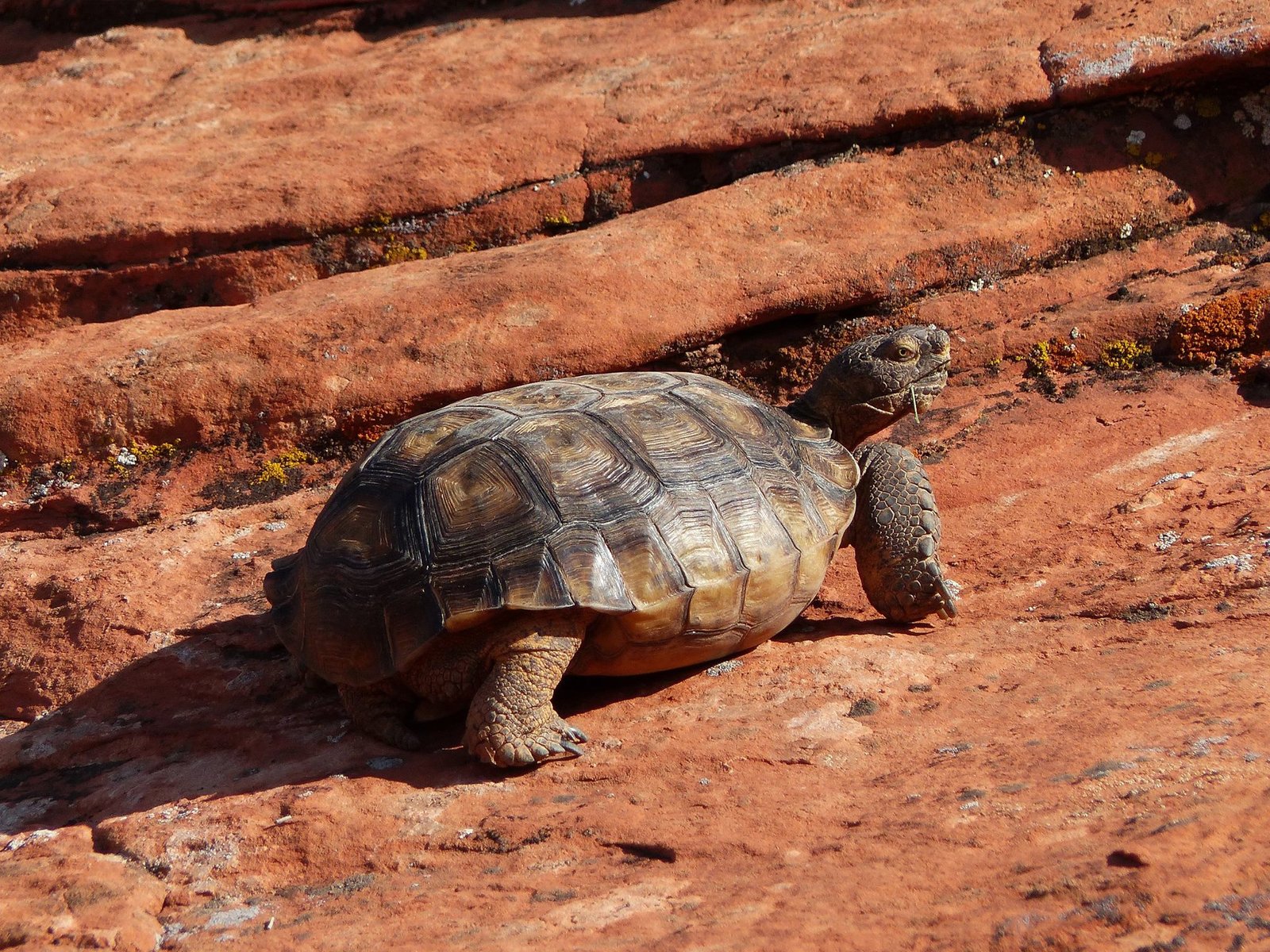
The story of the desert tortoise isn’t just about one species—it’s a mirror reflecting our impact on the world. The tortoise teaches us about patience, resilience, and the importance of living in harmony with our environment. As we race forward, it asks us to slow down and consider what we might lose in our pursuit of growth. The Mojave Desert, with its quiet drama and hidden life, holds lessons for anyone willing to listen.
A Call to Empathy and Action
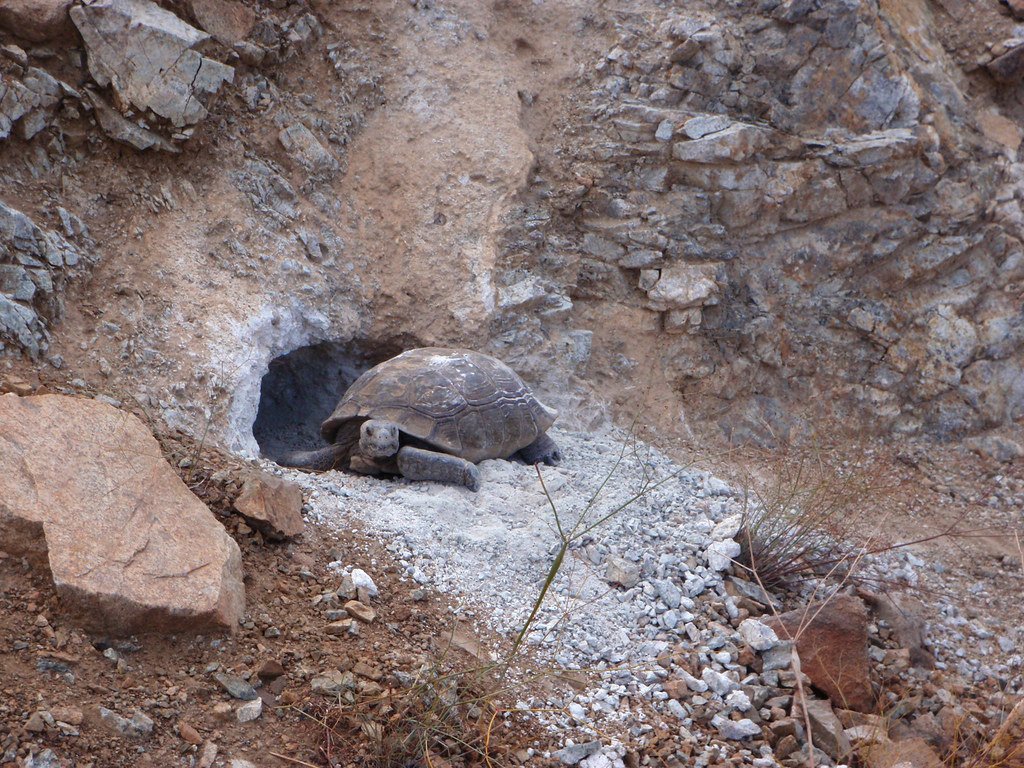
Caring for the desert tortoise means caring for the land itself. Small actions—like respecting wildlife crossings, supporting conservation groups, or choosing native plants for our gardens—can make a difference. The tortoise doesn’t need us to be perfect; it just needs us to pay attention. In the end, the survival of this remarkable reptile is a test of our values and our willingness to protect what cannot protect itself. Will we rise to the challenge?



